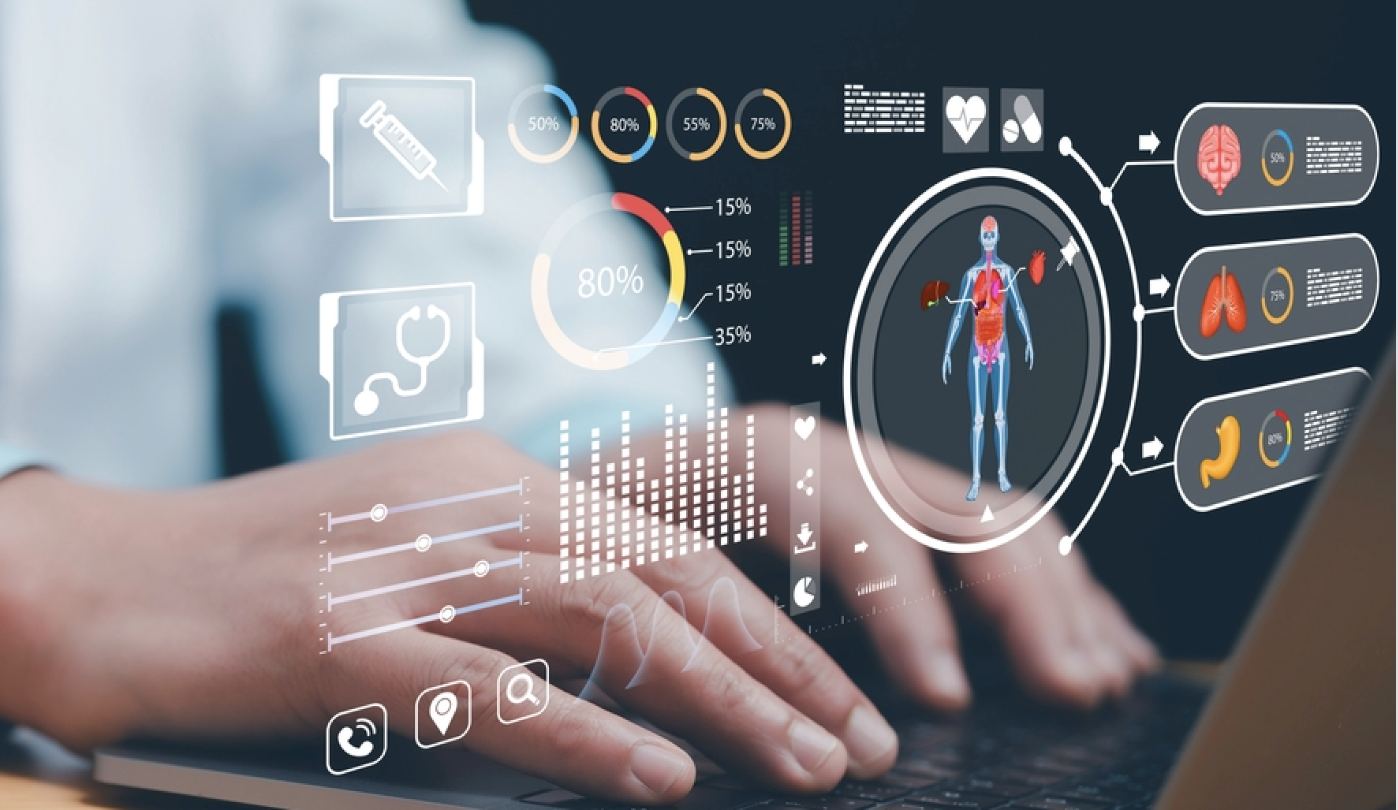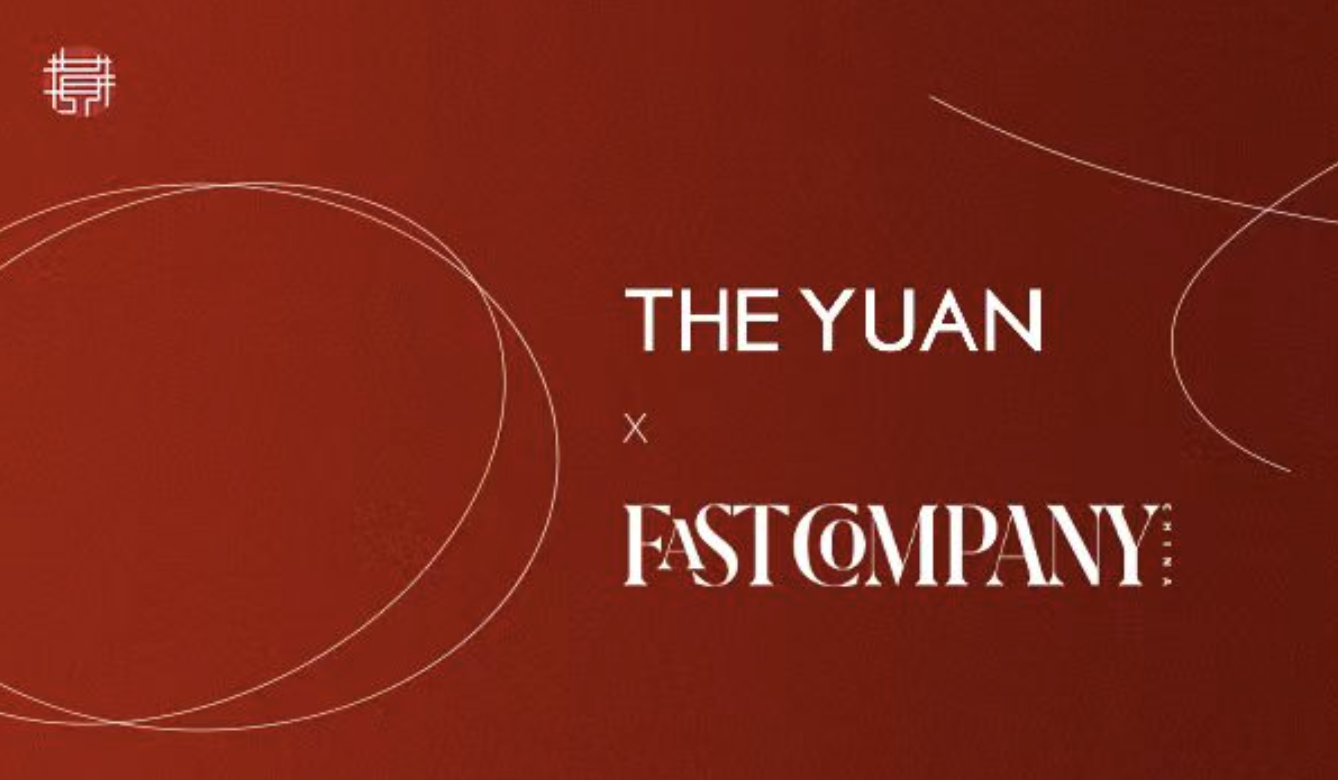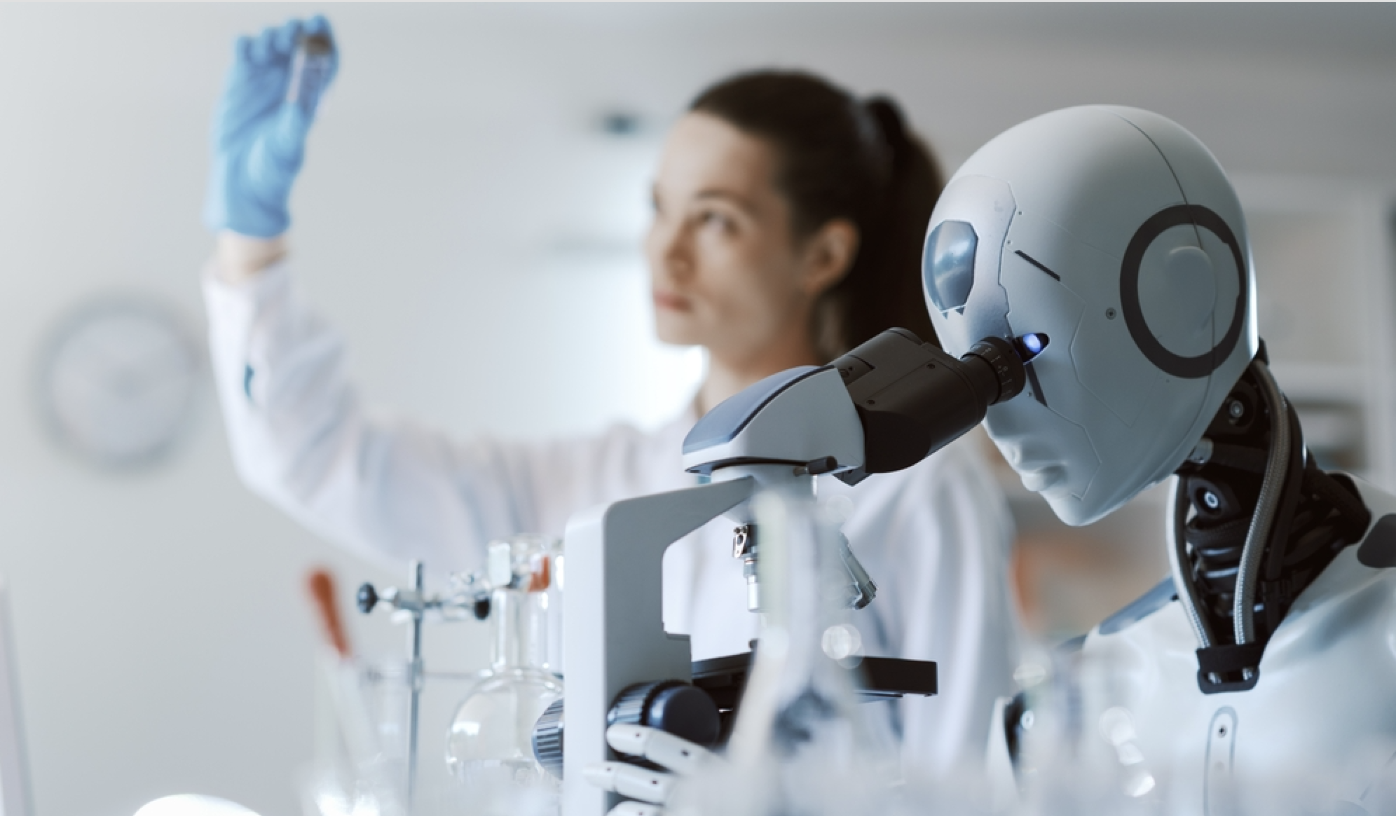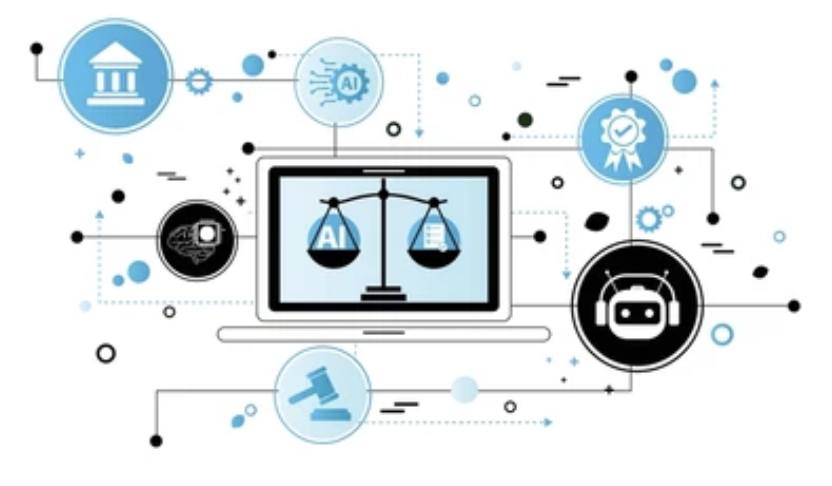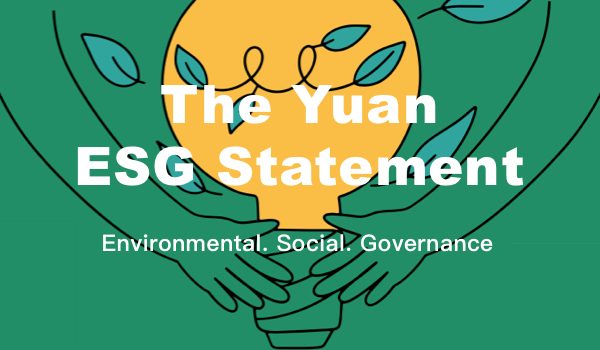


MUMBAI - Following a decade of AI blazing a trail, AI-ding India is finally making headway in the healthcare sector, with a dozen applications focusing on key areas like information exchange via chatbots, app-based consulting, and diagnostics.
Decision-makers, information technology giants, and healthcare authorities have realized the potential of artificial intelligence (AI) in healthcare, and that it can help achieve universal healthcare coverage in India. Telemedicine is one such AI application that has been much-discoursed upon over the past few years but has as yet seen no scaled-up execution.
India’s healthcare is overburdened and the COVID-19 pandemic has been the most poignant example of a feeble healthcare system on multiple levels. From a shortage of equipment to a shortage of medicines to a shortage of healthcare professionals, the Indian healthcare system has been strained for a long time. For instance, the doctor-to-patient ratio is abysmally low in India, which is merely 0.7 doctors per 1,000 people compared to the World Health Organization (WHO) average of 2.5 doctors per 1,000 people.1Amid such inadequacy for a teeming population, AI appears to be the way forward.
In addition to bridging the doctor-patient gap, AI technology supports scalable diagnostics, treatments via telemedicine, and even manages a pandemic similar to COVID-19. As AI technology uses the knowledge of computers to accomplish cognitive tasks like thinking, perceiving, problem-solving, and implementing decision-making more efficiently than humans, it can supplement the inadequacy across the system, even at the grassroots level, e.g., collecting the medical data from a village of 500-plus people to monitor any rapidly growing viral infection or contagious flu. Implications are varied, but these AI methods rely on historical datasets for predicting trends in health conditions and finding efficient outcomes that can be scaled-up.
The content herein is subject to copyright by The Yuan. All rights reserved. The content of the services is owned or licensed to The Yuan. Such content from The Yuan may be shared and reprinted but must clearly identify The Yuan as its original source. Content from a third-party copyright holder identified in the copyright notice contained in such third party’s content appearing in The Yuan must likewise be clearly labeled as such. Continue with Linkedin
Continue with Linkedin
 Continue with Google
Continue with Google

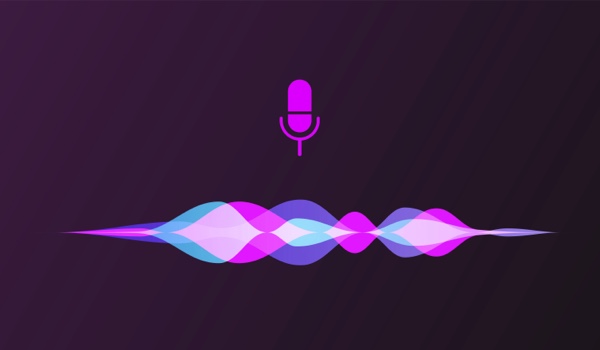







 2704 views
2704 views

